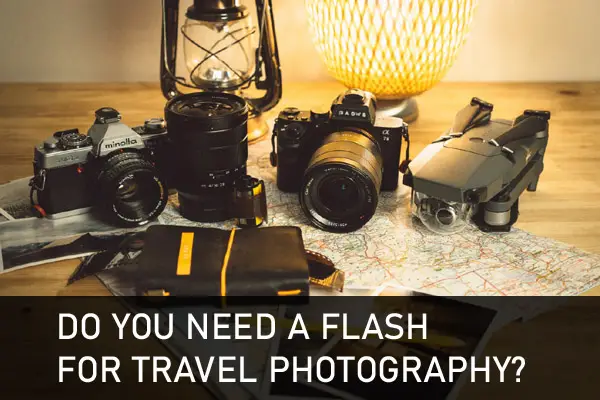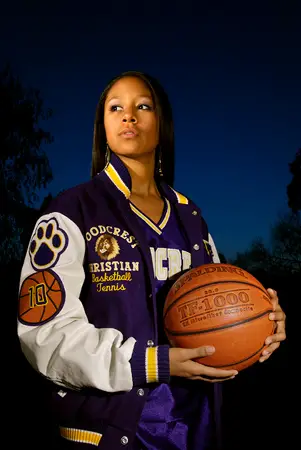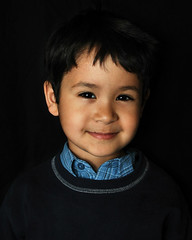Packing for a trip is arguably the worst part about travel. As photographers, not only do we have to choose which of our vast wardrobe of clothes to take with us, but we also have to decide which pieces of our ever-expanding portfolio of camera equipment to take with us. From picking which lenses and camera bag to remembering your spare memory cards, packing your photography gear for travel can be a nightmare. There is one decision, however, that can often make or break the standard of photographs you come back with. Do I need a flash for my travel photography?

The answer to whether or not to take a flash with you on your travels will be different for everyone based on a few things.
… Continue reading Do You Need A Flash For Travel Photography?














